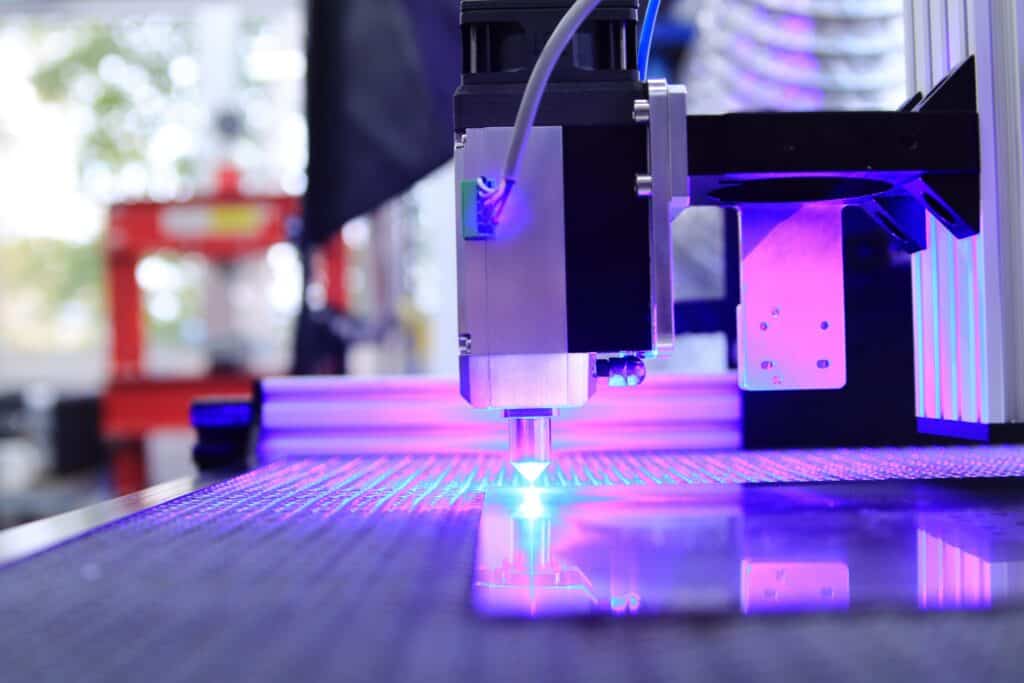4 Amazing Applications of 3D Printing
3D printing, also known as additive manufacturing, has been around for decades but has risen in popularity and usage in recent years. The main reason for the recent increase in 3D printing use is that it’s an accessible technology that can be used in all kinds of industries.
The costs of improvements and variations in the technologies of both the material and machines have also gone down, making additive manufacturing more accessible and cost-effective across industries. Here are four exciting applications of 3D printing.

Healthcare
The healthcare industry is one of the fast-growing adopters of 3D printing. This trend seems to continue, as a high number of medical professionals are confident that the use of additive manufacturing will continue to increase within the sector. The applications of 3D printing for the medical industry are versatile and wide-ranging and include medical devices, prosthetics, and even bioprinting.
Exploring the incredible world of 3D printing applications, you’ll also find practical uses for cutting-edge technology like intraoral scanners in fields such as dentistry.
The medical industry can leverage the capabilities of 3D printing to make patient-specific devices. 3D puzzles, for instance, can help improve a patient’s memory and problem-solving skills. 3D printing has also transformed the dental sector. By combining 3D printing and intraoral scanning, dental labs can create dental products, such as bite splints, crowns and bridges, that perfectly match a patient’s anatomy.
Fashion
From 3D printed clothes to 3D printed footwear and accessories, 3D printing offers great benefits for the fashion industry. While it was more used for an artistic touch, the fashion industry is now developing 3D-printed projects of wearable garments.
3D printing gives lots of freedom to designers in terms of geometry. For instance, it’s possible to create intricate designs for various projects within the fashion industry, such as shoes, 3D-printed dresses, and accessories. These would have been too complex and costly to create with another manufacturing method, thanks to 3D printing technology.
Aerospace and defense
3D printing is ideal for the aerospace and defense industry, where highly complex parts are made in low volumes. The technology can help create complex geometries without having to invest in expensive tooling equipment. This allows aerospace OEMs and suppliers to produce small batches of parts cost-effectively.
Additive manufacturing is also ideal for creating lightweight parts, leading to considerable fuel savings. The potential for increasing the complexity of a part is nearly limitless if coupled with design optimization tools such as generative design software.
Automotive
The automotive industry is a growing user of 3D printing. Global automotive additive manufacturing reached $13.92 billion in 2021 alone. The figure is set to increase since revenues relating to AM in automotive part production are expected to reach $44 billion by 2027. Design tools such as topology optimization are slowly changing traditional approaches to designing parts in areas like motorsports and performance racing.
Prototyping remains the primary application of 3D printing in the automotive industry, though companies are increasingly finding other use cases, such as tooling. Several companies have also started to find innovative end-use applications for 3D printing, signaling an amazing development in the sector.
Endnote
3D printing can be used to create just about anything your mind can imagine. It will be a strong force in the future industry, and it is possible that most applications are yet to be thought of. You can only expect the influence of 3D printing to continue growing as weekend warriors continue to find all kinds of clever hacks to create with their 3D printers.


